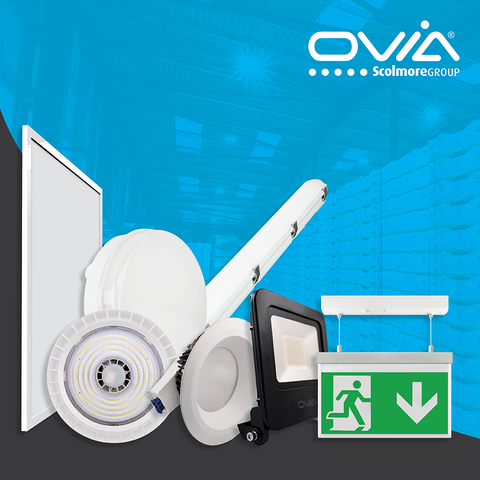Our expert answers a question about the benefits of replacing large scale installation of fluorescent lights with LED equivalents.

Question: What are the best financial and technical justifications for replacing large scale installations of fluorescent lights with LED equivalents?
Answer: LED lighting is increasingly being seen as critical in helping to improve environmental footprints and to reduce energy consumption. As a result, the LED market is expected to continue to grow significantly in 2022 and beyond. There has been a sharp fall in LED prices in recent years, as volumes have increased, and today there are LED replacements for virtually every traditional light fitting available. This makes replacing large scale installations a cost effective and straightforward process.
The case for LEDs versus fluorescent lights is a strong one. Lighting technology has come a long way in the last decade and LED’s are fast replacing conventional lighting. Today they provide a higher quality light, increased energy efficiency, reduced heat, zero UV emissions and require less maintenance.
Outdated, poorly performing lighting can be costly to replace and maintain and many commercial customers are choosing to upgrade to LED technology. Retrofitting LEDs in place of an existing lighting system can be a practical and less disruptive option, as well as being considerably cheaper than installing a brand new system. It will reduce ongoing running costs, while saving money on annual maintenance, as LEDs have a longer lifespan. New LEDs can last 50,000 to 100,000 hours or more, whereas the typical lifespan for a fluorescent bulb, by comparison, is approximately 10,000 to 15,000 hours.
Check out the ‘Tool Kit’ feature on the Scolmore Group App and access the Ovia Lighting Cost Saving Calculator to see cost and energy savings across the product range.
- Mike Collins, Sales Director with OVIA
